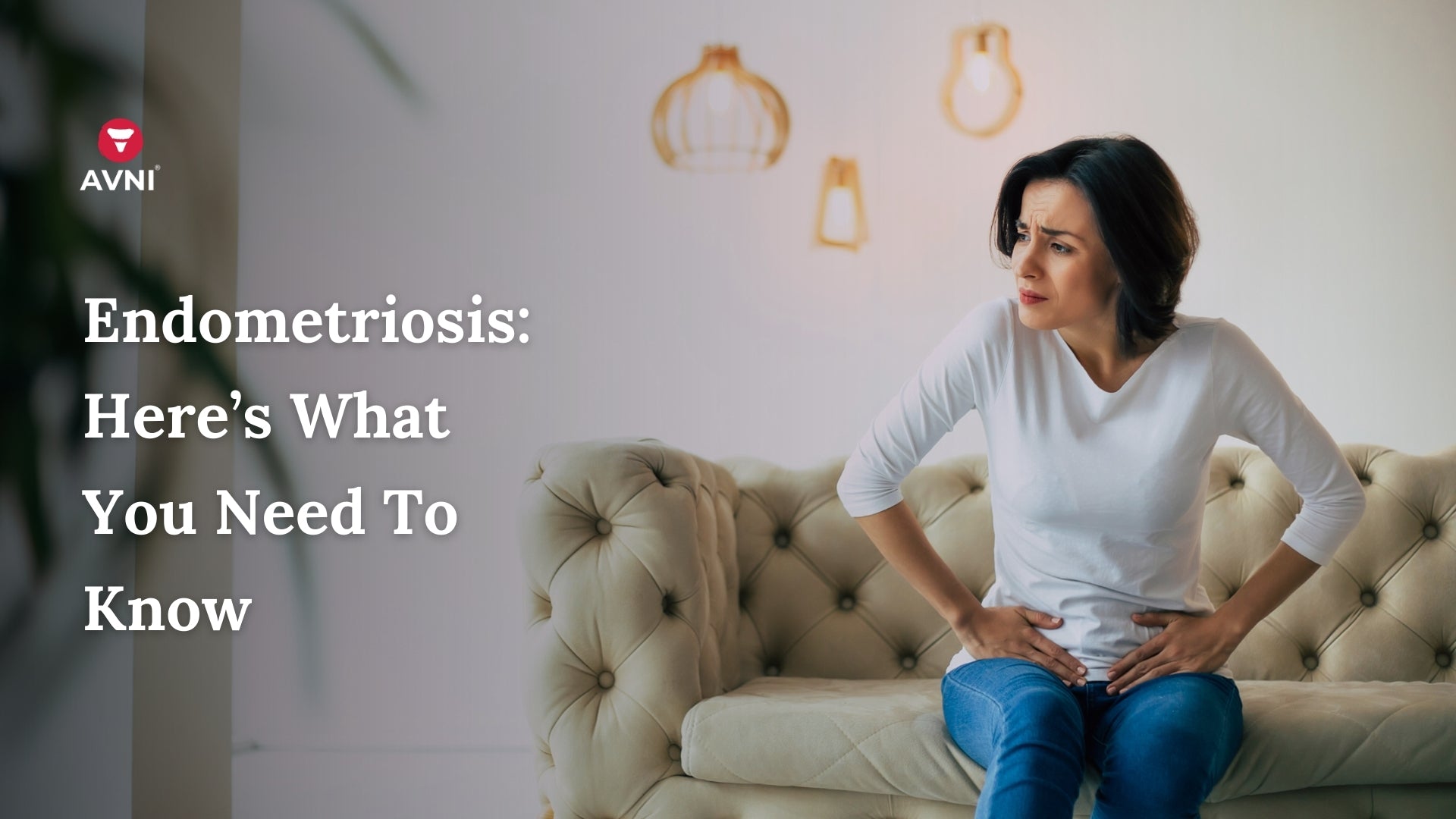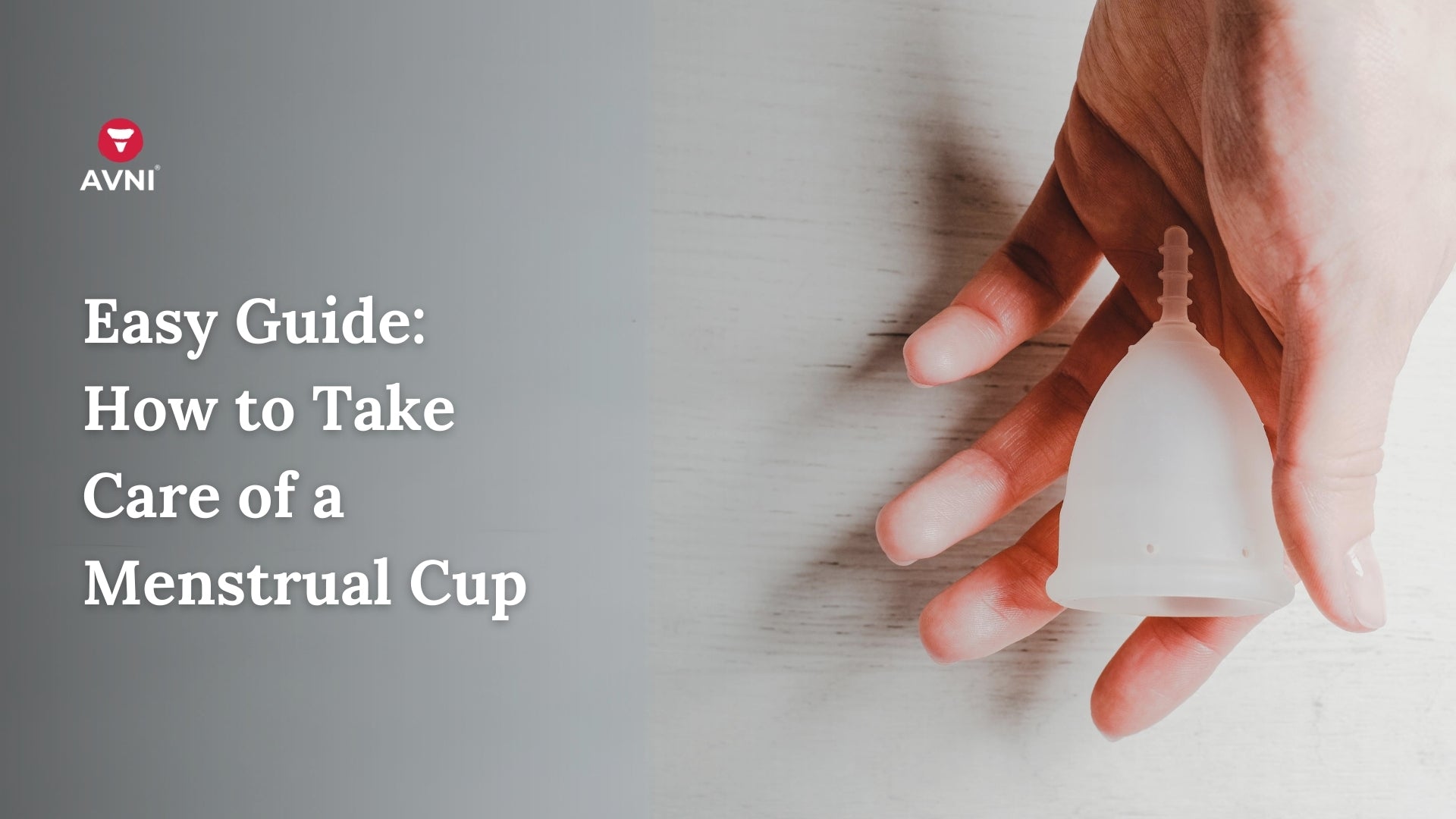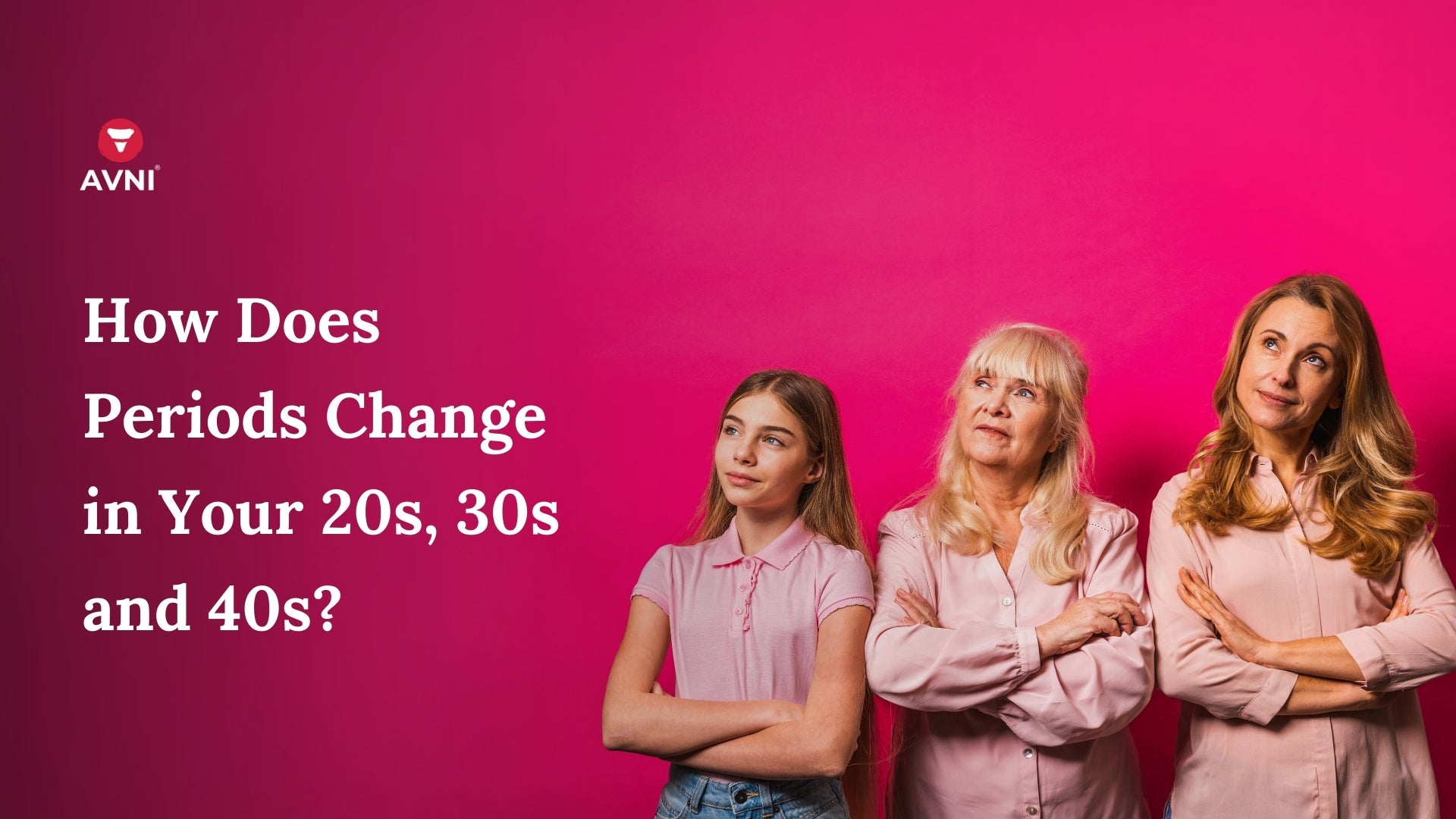
Endometriosis: Here’s What You Need To Know
No doubt being a woman can have its perks, but it can also have its pitfalls. One cannot have the good without the bad in life. However, when the bad happens to be related to your health and well being, it is a cause for concern. That ‘bloody time of the month’ can be an uncomfortable time as it is with its accompanying PMS symptoms and general discomfort, however, some women actually experience unbearable pain to an impossible degree as well. A condition more formally known as endometriosis.
At least, 10% of women worldwide have this condition.
Here is what you need to know about it. After all, You never know, you may be suffering from endometriosis and you do not even realize it.
What in the World is Endometriosis?

Yes, it is a fact that the basis of having endometriosis is dealing with painful periods. However, it is much more than just that. Endometriosis is basically a condition when the tissue or cells that exist in the lining of the uterus get disturbed and settle outside the uterine cavity. So you find this tissue on the fallopian tubes, ovaries and even intestines, bladder and pelvic wall.
How do you know you have this condition?
You may think that the pain you are experiencing is normal or may believe that all women go through this feeling. Yet, this is where you are mistaken. There are symptoms that alert you to the fact that you are profusely suffering and not just bearing the brunt of womanhood.
Well, for starters, you may experience terrible pelvic pain and extreme discomfort during menstrual cycles. There is also irritation with bowel movements and pain during intercourse. Pain when you urinate, a feeling of constipation, diarrhoea or even blood in your urine are other common symptoms. These symptoms can begin to show in the early reproductive years.
What puts you at risk?
There are a few risk factors you can be on the lookout for. Your periods may last for a short duration or can randomly occur. Your periods may be heavy or can even last for more than 7 days. Then there is also the fact that you may have begun menstruating at an early age that is before 11 years or may have an abnormal uterus, vagina or fallopian tubes. Your mother, daughter or sister may have the condition so it could also be hereditary.
Stages of Endometriosis
Basically, the condition is categorized into four stages:

Stage 1: Also known as ‘minimal’, you find small wounds or implants on the tissue that lines the pelvis or your organs. Scar tissue isn’t that severe or may not even exist.
Stage 2: Also known as ‘mild’, the wounds or implants are deeper in the tissue. There may also be scar tissue present.
Stage 3: Also known as ‘moderate’, this stage revolves around multiple deep implants. You may also see small cysts on either one or both ovaries and thick bands of scar tissue.
Stage 4: Also known as ‘severe’, this is the extreme stage. There are thick bands of scar tissue and many deep implants. You may also find large cysts on one or both the ovaries.
To treat endometriosis, you need to focus on reducing its symptoms. Pain killers, contraceptives and hormone medication or in extreme cases surgery are all options you can consider. Read more about the condition and whether endometriosis affects pregnancy in our last blog post.
So don’t suffer in silence! If you do have an intuition that you may be secretly putting up with this condition, trust it and head to your gynecologist today.



Leave a comment
This site is protected by hCaptcha and the hCaptcha Privacy Policy and Terms of Service apply.